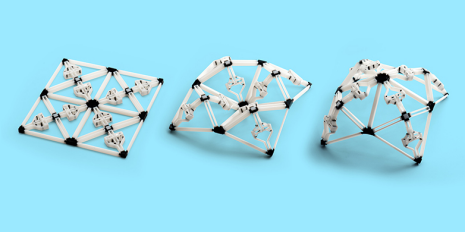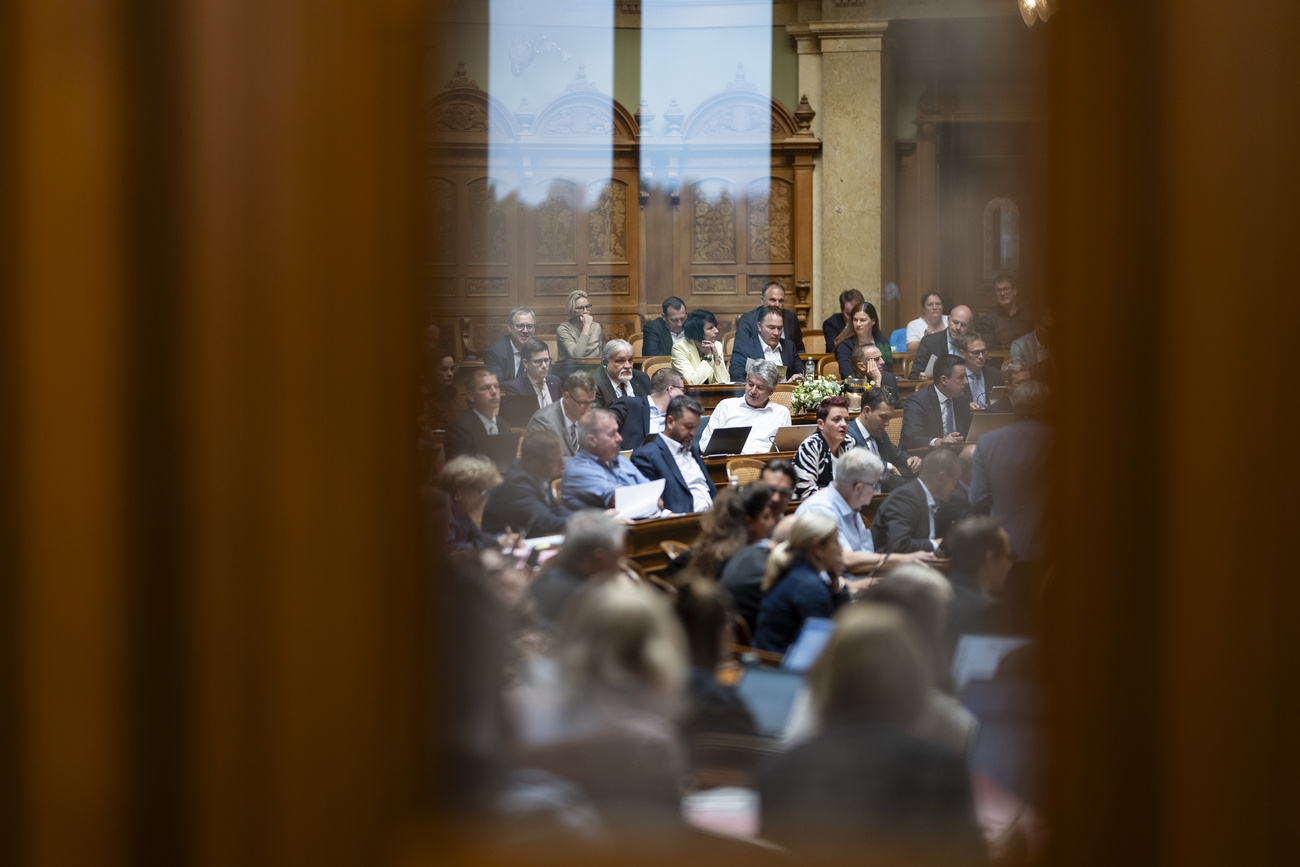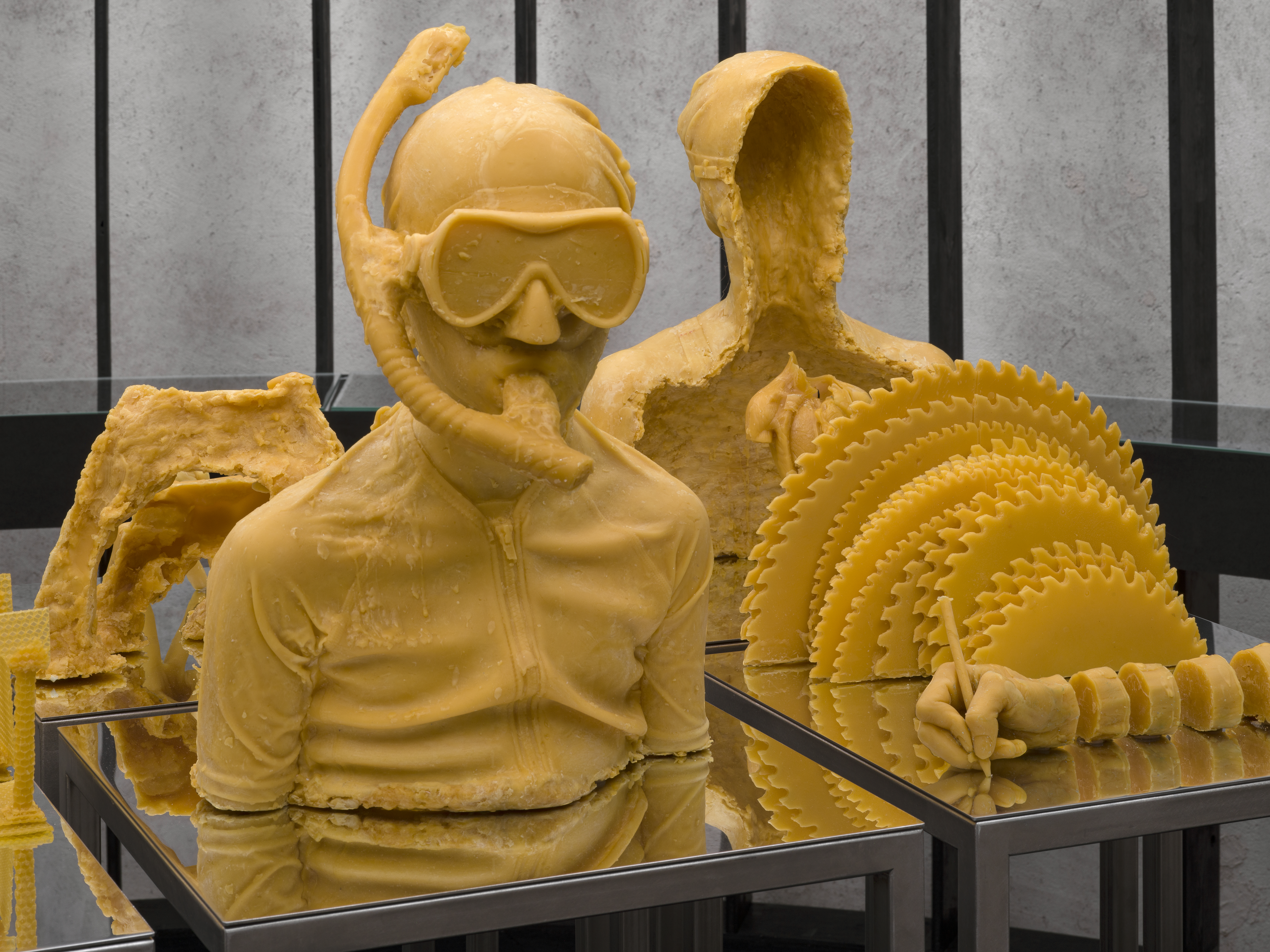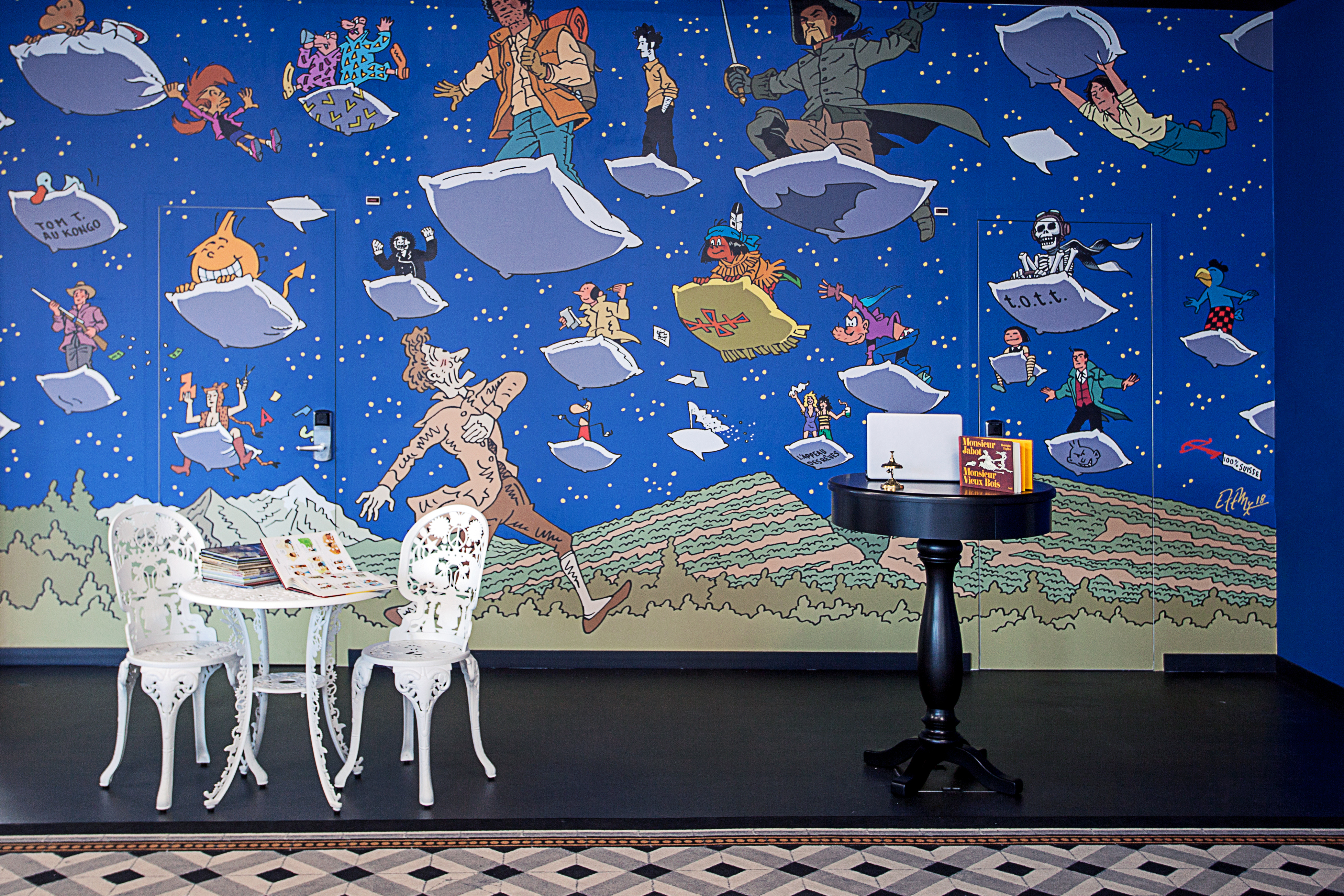
3D printing gets another dimension

Researchers in Zurich have found a way to control the shape and behaviour of 3D printed objects at different points in time – a new breakthrough for so-called ‘4D’ printing.
By now you’re probably familiar with 3D printing, in which a computer is used to control the deposition of a material in successive layers to create a three-dimensional object. But if you add the element of time, and create a 3D object that can take different shapes at different moments, you enter a new dimension in the realm of fabrication technology: 4D printing.
Now, researchers at the Swiss Federal Institute of Technology ETH Zurich have improved on 4D printed objects by finding a way to control their structure and weight-bearing capabilities.
It’s a breakthrough that could have important applications in many fields, including aerospace engineering, where objects must often be compressed into a flat shape to save space in transport; or even medicine, for example, in the production of stents.
“The flat structures we produce do not change their configuration randomly, but rather exactly in the way we design them,” explained Tian Chen, a doctoral student in the Engineering Design and Computing Lab, in an ETHZ press release on Monday.
To achieve this, the researchers developed a type of flat, 3D-printed object featuring special components made up of two different materials: a rigid polymer, plus a softer elastic material. These components can exist in either a retracted or extended state, allowing the object to switch between different stable or load-bearing shapes.
Knowing that the object’s components can only exist in one of these two states – retracted or extended – allows the researchers to predict the overall form of the object at any given time, and to use computer simulations to predict the forces required to achieve different shapes.
“4D printing has several advantages,” said lab head Kristina Shea. “Printing a flat initial form with rigid and elastic sections in a single step is highly efficient. It would be much more complex and time-consuming to produce the three-dimensional object or assemble it from separate components.”
Currently, the 4D objects must be manipulated by hand, but the researchers are working on developing a version that will alter its form by itself, in reaction to changes in temperature or humidity.

In compliance with the JTI standards
More: SWI swissinfo.ch certified by the Journalism Trust Initiative



























You can find an overview of ongoing debates with our journalists here . Please join us!
If you want to start a conversation about a topic raised in this article or want to report factual errors, email us at english@swissinfo.ch.